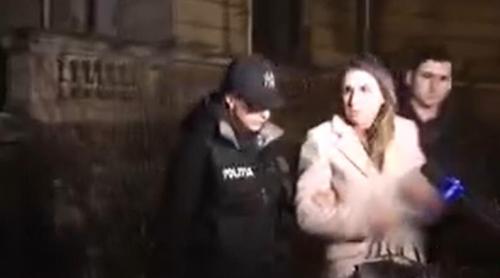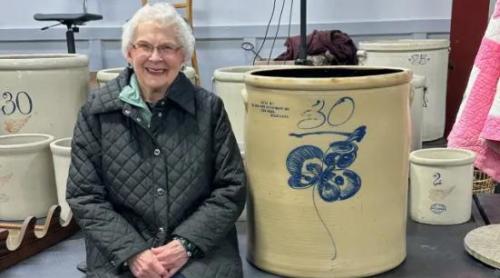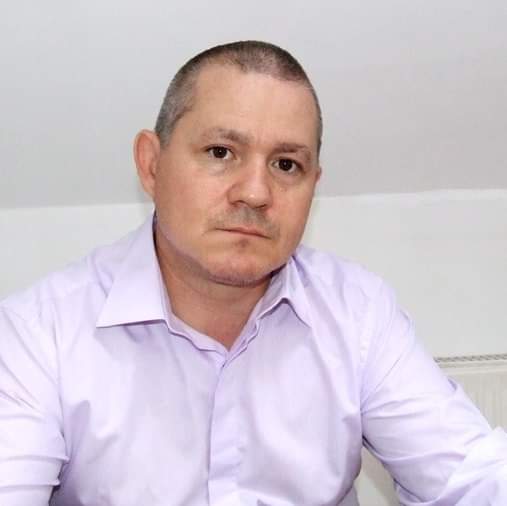
Prince Charles, heir to the British throne, visits regularly Romania, and particularly the Transylvanian region, where he also bought a house.
Few people know, however, that Charles traces his family roots back here.
The crest of the Rhedey family, which gave one of his great-great-great grandmothers, stays on the walls of the Reformed Church in Cluj.
The Reformed Church in Cluj city - which traditionally has no images of saints adorning its walls, as other churches have - carries 119 crests of the Transylvanian nobility of past centuries, like the Banffy, Rhedey, Bethlen, Teleki, Kemeny or Apalfy. The church was built between 1486 and 1510 by a Franciscan mason, who also erected two similar churches in Szeged and Nyirbaton, on orders from Matei Corvin, the Hungarian King. The first crest in the collection in the church in Cluj dates from 1666. "These are actually burial symbols, carrying in the center the family crest and, on the sides, decorations of flowers, angels and skulls which are the symbols of death. The crests were used during the burial ceremony," explains Esther Szabo, the church guide.
The crests were placed in the burial chambers, with the coffins, where they were discovered in 1910, when the church was renovated. The practice of burying the dead inside the church was banned during the reign of Austrain Emperress Maria Theresa, when all burial chambers were sealed, only to be reopened during the 1910 renovation. "This is how the crests were discovered and assembled into this collection, in 1913," explains Szabo.
Twelve obituaries also make part of the collection. They were printed by Mintalfalusi Kiss Mihlas, who studied in The Netherlands and founded the print house in Fagaras.
After his wife died Alexander Wurttemberg left Vienna and lived with his three children in Sangeorgiu de Padure, in nowadays Romania, to be close to his wifeâs tomb. Claudia and Alexanderâs son, Ferenc Wurttemberg (also known as Franz Paul Karl Ludwig Alexander Herzog von Teck), married the British Princess Mary Adelaide. Their daughter, Princess Mary von Teck, married George the V-th, who was the grandson of Queen Victoria, and later became the grandfather of Queen Elisabeth the II. On 27 April 1989, in his speech for the opening of the Exhibition "For Building a Better England", Prince Charles, criticized the demolishing of villages in rural Romania, reminding that the tomb of his own ancestor, in Sangerogiu de Padure, was in danger of being destroyed by the then communist authorities, along the memories and monuments of Romanians living there.
The first written document proving the locality existed dates back in 1333, and recorded taxes being paid to the Pope. A gothic style church was built here during the 14th century, which was renovated in 1760 and fully restored in 1935. The castle of the Rhedey family was built during the 13th century by Laszlo Rhedey, on top of an older castle, and was renovated in 1759 and 1809, when it took its neo-baroque look.
In 1935 the castle was restored again, with money donated by Princess Mary of Great Britain.
All these buildings and the church were connected with a maze of underground tunnels, dug for both military and regular use. The first Romanian language school was opened in Sangeorgiu de Padure on 6 August 1874. To date 4,500 people, Romanians and ethnic Hungarians, live in Sangeorgiu de Padure, where the tomb of Charlesâ relative is located.
Translated By Anca Paduraru
Citește pe Antena3.ro













